Everything on model trains, model railroads, model railways, locomotives, model train layouts, scenery, wiring, DCC and more. Enjoy the world's best hobby... model railroading!
Transform Your Scenery: Using Color and Texture for Hyper-Realistic Model Railroads
Creating a layout that feels like a real miniature world—rather than a toy train set—often comes down to two essential ingredients: color and texture. These elements shape how the eye interprets a scene, and when used well, they can completely change the atmosphere and realism of your railroad..
Whether you’re building rolling hills, desert plains, industrial grime, or lush forest, mastering colors and textures is one of the easiest ways to elevate your layout from “nice” to “wow!”
6 Ways to Use Color & Texture for More Natural, Realistic Scenery
1. Break Free From “One-Green-Fits-All”
Real landscapes come in dozens of greens… yours should too.
One of the quickest giveaways of an unrealistic layout is using the same green everywhere. Nature simply doesn’t do that. Grass near a ditch looks different from sun-bleached grass near a road. Young shrubs are bright, fresh green, while older growth looks deeper and more muted.
Try blending a variety of shades:
- olive and sage greens
- brown-green mixes
- fresh yellow-greens
- darker forest greens
Sprinkling in touches of tan or brown also gives the illusion of patchy, irregular growth. The result? A landscape that feels alive instead of plastic.
2. Build Up Texture in Layers
Flat surfaces scream “fake.” Layering creates depth.
In the real world, nothing is perfectly smooth… not fields, not dirt roads, not forest floors. To recreate that natural roughness, build your scenery using layers of texture.
Start with:
- a dirt-colored base coat
- a thin layer of fine ground foam
Then add: - static grass
- coarse scatter
- small stones
- weeds, tufts, bushes, sticks
Every pass adds more dimension. Layer by layer, your flat plywood turns into terrain with contour, depth, and life.
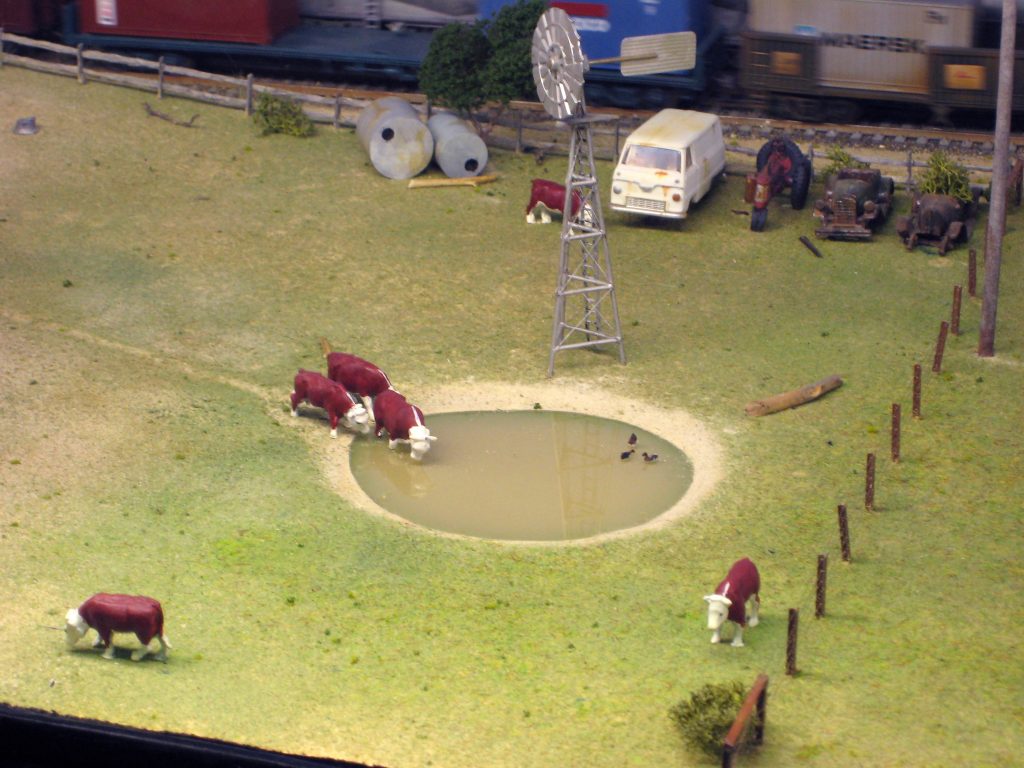
😄 Download the latest Model Buildings catalog FREE here:
https://www.modelbuildings.org 😄
3. Weather More Than Just Your Rolling Stock
Everything ages… make sure your scenery does too.
Weathering isn’t limited to locomotives and freight cars. Trackside structures, roads, bridges, and even the ground around them all show signs of age.
A few ideas:
- Faded paint on buildings
- Mossy green tints near wet areas
- Dusty, darkened paths where foot traffic occurs
- Oil streaks around engine facilities
- Rust stains below metal fittings
A little grime goes a long way. When everything blends with age, the whole scene becomes more cohesive and convincing.
4. Stick With Earthy, Natural Color Palettes
Bright colors should be accents, not the backdrop.
Real terrain rarely features bright, saturated color. Instead, it’s dominated by earth tones… soft browns, sandy tans, muted greens, stone grays.
Use these tones as your foundation. Then add brighter pops of color only where needed:
- signage
- flowers
- vehicle lights
- clothing on figures
When flashy colors are used thoughtfully, they draw attention without overwhelming the scene.
5. Match Textures to the Terrain You’re Creating
Different environments need different materials.
Not all textures are interchangeable. Gravel should look like gravel. Dirt roads should feel dusty and worn. Rocky cuts should feel sharp and irregular.
Try these texturing ideas:
- Fine sandpaper makes convincing compacted dirt
- Sifted real soil glued down looks great in rural areas
- Bark chips or crushed leaves work for forest floors
- Carved foam, plaster, or small real stones create crags and cliffs
When each type of terrain has its own distinct surface, the viewer’s eye recognizes it immediately… boosting realism without explanation.
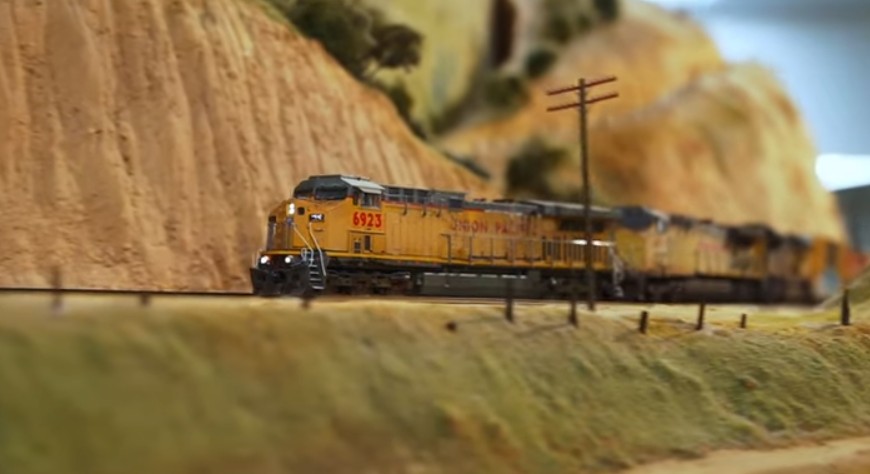
6. Learn From the Real Outdoors
Nature is the best reference guide you’ll ever have.
One of the simplest ways to improve your scenery is to observe the real thing. Spend a few minutes photographing roadside grass, the color of gravel, or the way dirt collects at the base of fences.
Look closely at:
- how many browns are in a patch of earth
- how shadows change color perception
- how messy, uneven, and imperfect everything is
You’ll start noticing details you never thought to include before, and those details will set your layout apart.
Create Scenes That Feel Alive
Your model railroad doesn’t need to be flawless to be believable… it just needs to capture the essence of the real world. With thoughtful use of color variation, textured layering, and a bit of natural inspiration, you can create scenery that feels rich, organic, and truly immersive. Let your imagination and the real outdoors guide you, and watch your miniature world come alive.
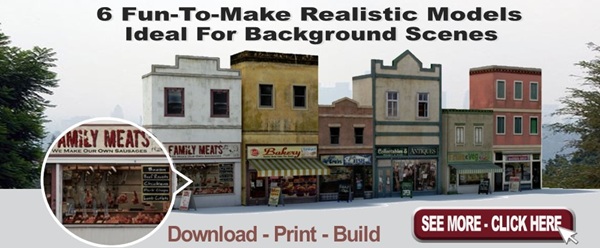







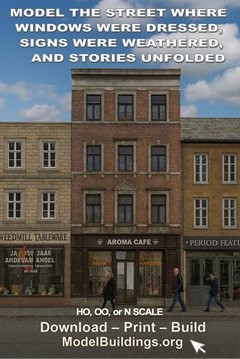




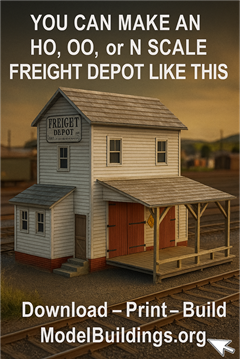
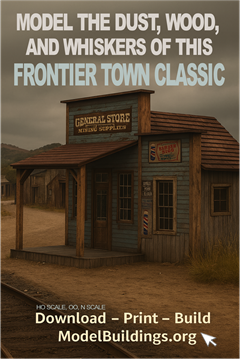

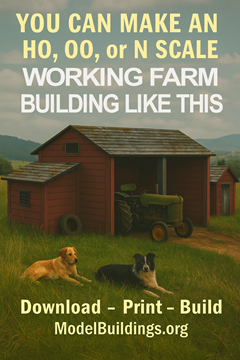
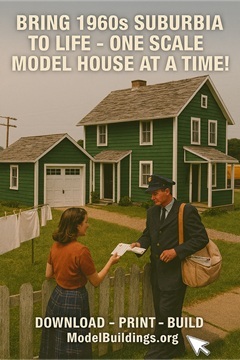
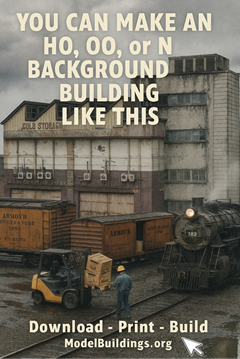
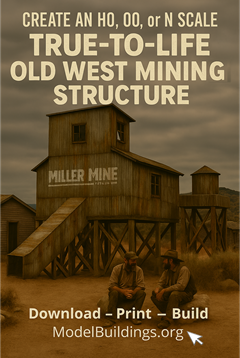
Leave a Reply